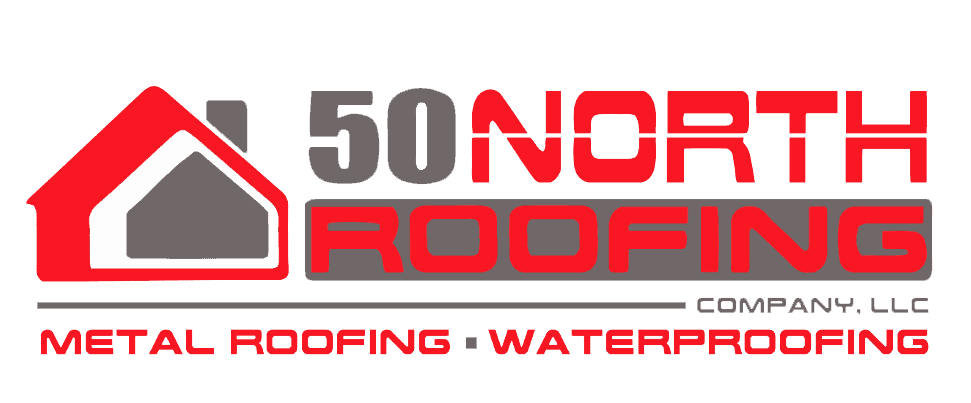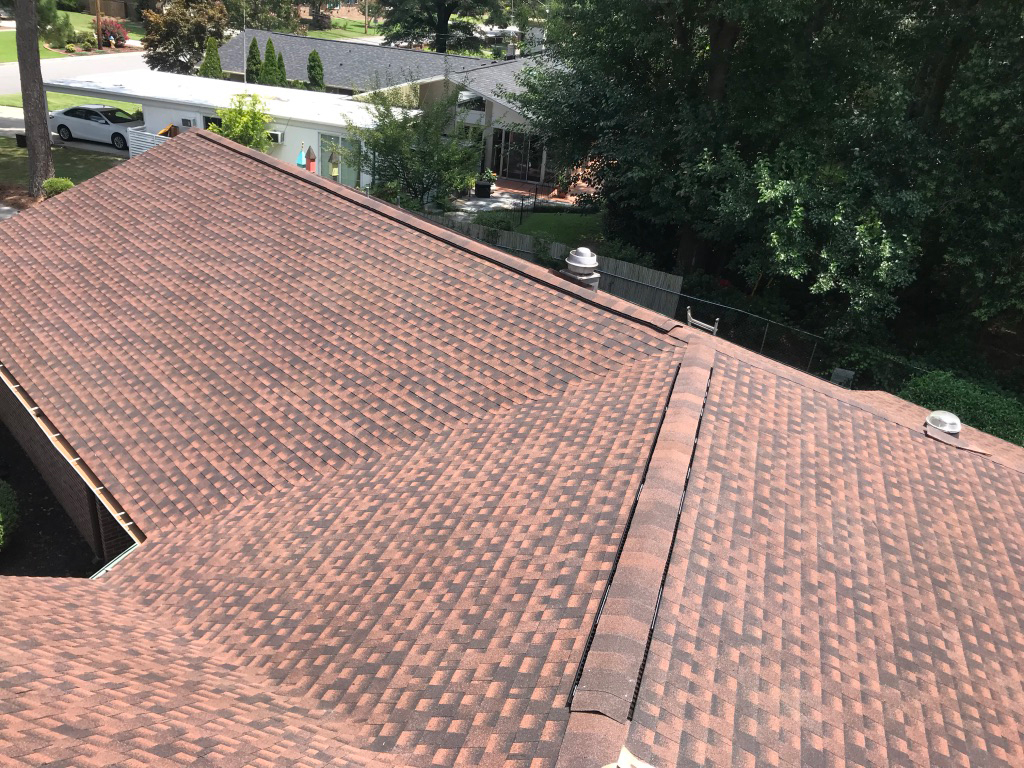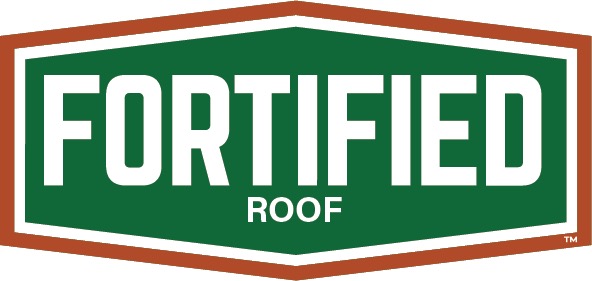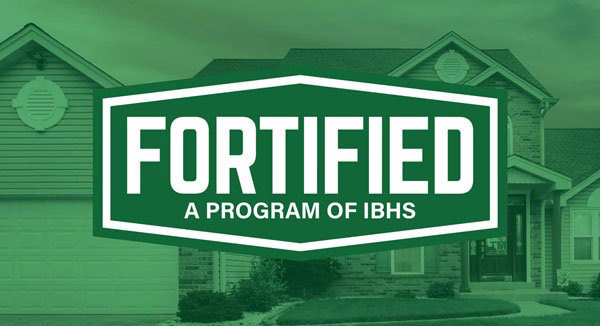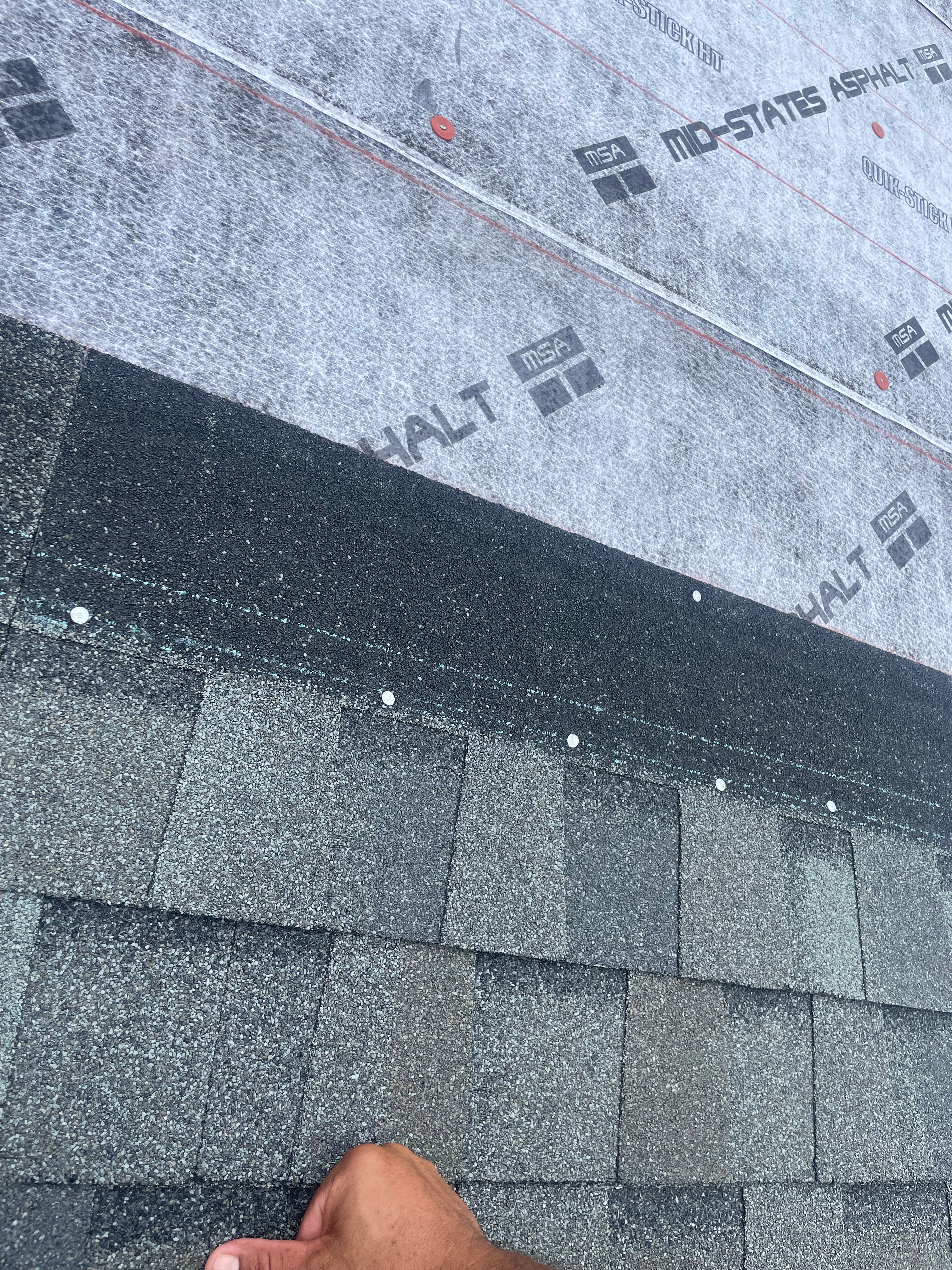Unvented Attics and Roof Damage: What You Need to Know About Roof Ventilation
Understanding the importance of proper attic ventilation is crucial for maintaining the health and longevity of your home. Many homeowners wonder if all roofs need ventilation, but it plays a significant role in the well-being of your roof and entire home. At 50 North Roofing, a trusted local roofing company serving Eastern North Carolina and North Myrtle Beach, we recognize the significance of this question for homeowners.
In this blog post, we will delve into: –
The typical ventilation of attics –
The concept of an unvented attic –
The advantages of unvented attics –
The issues associated with unvented attics –
The insulation of unvented attics –
The impact of unvented attics on your roof –
How to make the decision between a vented and unvented attic Now, let’s explore these topics in depth!
How are Attics Vented?
Attic ventilation is essential for maintaining proper temperature and moisture levels in your home. A well-ventilated attic allows air to flow naturally, with intake vents drawing in cool, fresh air and exhaust vents allowing hot air and moisture to escape. This circulation prevents excess heat and moisture buildup, ultimately safeguarding your roof and preventing potential issues.
What is an Unvented Attic?
Unvented attics are a newer approach to attic ventilation that deviates from the traditional method. Unlike traditional attics, unvented attics do not have intake and exhaust vents. This concept has gained popularity due to the increasing emphasis on energy efficiency and airtight building construction. By sealing off the attic from outside air, homeowners hope to create a more regulated interior environment. However, it’s important to carefully consider and understand the impact of this approach on different aspects of your home, especially your roof.
Read also, 5 of the best benefits of a high-quality roofing
Unvented Attic Benefits
Unvented attics offer several advantages that homeowners should take into account. One key benefit is improved energy efficiency, as the sealed environment reduces air exchange, potentially leading to lower utility costs. Additionally, unvented attics can enhance insulation efficiency, as reduced air movement helps insulation maintain its effectiveness, resulting in more consistent indoor temperatures.
Unvented Attic Problems
Unvented attics offer appealing benefits, but they also come with potential challenges. One major concern is the accumulation of moisture, which can become trapped inside without proper ventilation. This can lead to issues such as mold growth and structural damage. Additionally, inadequate airflow can contribute to indoor air quality problems, as pollutants may remain trapped within the confined space.
Insulation Used to Seal an Attic
Insulation plays a crucial role in regulating temperature and moisture levels in unvented attics, where natural ventilation is absent. It is important to carefully select insulation materials and strategies to maintain the desired indoor environment.
Spray foam insulation is a popular choice for unvented attics because of its exceptional air-sealing properties and ability to create an airtight barrier. There are two main types: open-cell and closed-cell. Open-cell spray foam is effective for sound dampening and is often used in attic floors.
Closed-cell spray foam provides a higher R-value per inch and is suitable for sealing the roof deck. Both types can help mitigate air leakage, which is crucial for the success of unvented attic systems.
Rigid foam insulation boards, such as expanded polystyrene (EPS) or extruded polystyrene (XPS), can be used to insulate unvented attics. When installed on the underside of the roof deck, they create a continuous thermal barrier that helps prevent heat transfer through the roof structure.
Mineral wool insulation, which is also known as rock wool or mineral fiber insulation, is made from natural minerals and recycled materials. It provides fire resistance and can effectively insulate unvented attic spaces for both thermal and sound purposes. Mineral wool insulation is often used in combination with other insulation materials to achieve the desired thermal performance level.
Cellulose insulation is a type of insulation that is made from recycled paper and treated with fire-retardant chemicals. It is often used as loose-fill insulation to cover irregular spaces and create a seamless thermal barrier. Cellulose insulation is effective at reducing air movement and can be used to insulate unvented attics, ensuring consistent temperature control.
Hybrid insulation systems can be a beneficial option for homeowners looking to optimize their insulation. By combining different insulation materials, such as rigid foam on the roof deck and blown-in cellulose in the attic floor, a comprehensive solution can be achieved for unvented attics.
When deciding on insulation for an unvented attic, it’s important to take into account factors like R-value, moisture and fire resistance, as well as the unique needs of your home’s climate and structure.
Seeking advice from insulation professionals and roofing experts can assist you in making informed decisions that match your objectives for energy efficiency, moisture management, and the long-term health of your attic.
Keep in mind that selecting the right insulation is vital for preserving a comfortable and well-protected living space within your unvented attic.
How do they Affect Your Roof?
Unvented attics can directly affect the health of your roof by causing moisture-related problems. Without proper ventilation, accumulated moisture can compromise the integrity of roofing materials, leading to premature deterioration.
Additionally, condensation within the attic can contribute to structural issues and the formation of ice dams, which can damage your roof and gutters.
Vented or Unvented?
When deciding between a vented and unvented attic, it’s important to carefully consider several factors such as your local climate, architectural design, and long-term energy efficiency and roof durability goals. It’s advisable to consult with professionals and carefully weigh the pros and cons of each option before making a decision for your home.
Click here to learn what is the best way to install a shingle roof
It’s important for homeowners to understand the implications of attic ventilation, including the concept of unvented attics, in order to maintain the health of their roof and living space. When deciding between vented and unvented attics, it’s important to carefully consider multiple factors. At 50 North Roofing, we are dedicated to providing valuable insights to help homeowners make informed choices that contribute to the longevity and well-being of their homes. Whether you choose a vented or unvented attic, remember that the well-being of your roof is closely tied to your decisions about attic ventilation.
